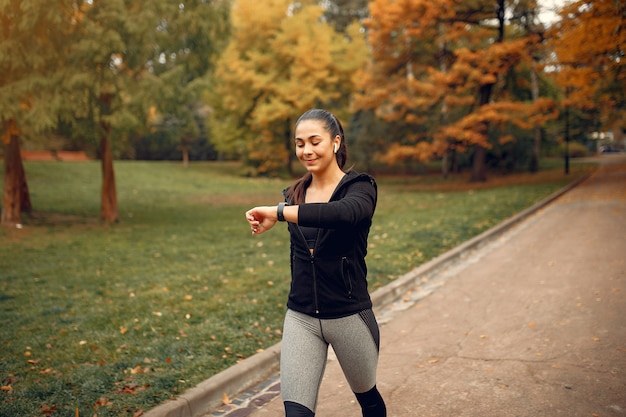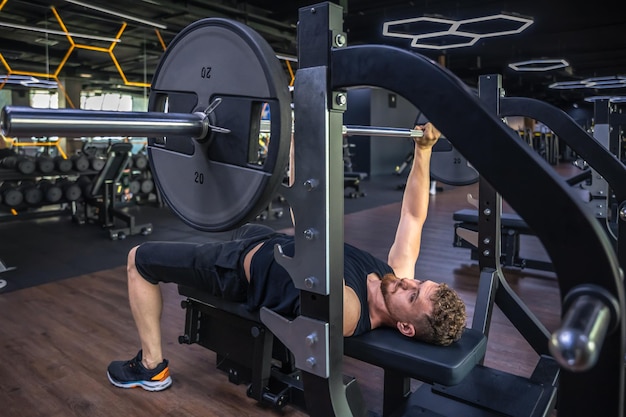When it comes to building strength and staying fit, not everyone has time for the gym or access to expensive equipment. That’s where simple, accessible activities like walking and jogging come in. Both require minimal gear, fit into real-life schedules, and offer powerful health benefits. But when it comes to building strength—especially functional strength that supports daily life—which one comes out on top?
Functional strength isn’t just about lifting heavy weights. It’s about building the endurance, balance, and muscle control needed for everyday tasks—carrying groceries, climbing stairs, or playing with kids. Both walking and jogging contribute to this, but in different ways.

Walking is often underestimated, but it’s a full-body activity that engages your core, glutes, hamstrings, and calves. Brisk walking, in particular, increases heart rate and builds muscular endurance over time.
Jogging ramps up the intensity. It increases cardiovascular demand and places more load on muscles and connective tissues, leading to faster gains in leg strength and endurance.

The answer depends on your goals, fitness level, and lifestyle.
Walking is the smarter choice. It allows you to build a strength foundation without strain. Over time, consistent walking improves posture, endurance, and joint stability—essential components of functional strength.
Jogging offers a more intense stimulus, leading to quicker improvements in muscular endurance and cardiovascular fitness. However, it requires proper form and recovery to avoid injury.
Both can fit into busy lives, but walking has the edge. A 30-minute walk can be done anytime, anywhere—no special clothes or equipment needed. Jogging may require more preparation, like supportive shoes and a safe route.
Absolutely. Many people use a walk-jog routine (like the Couch to 5K program) to build strength gradually. Alternating between walking and jogging increases overall workout intensity while minimizing injury risk.
For example:
One of the biggest advantages of both walking and jogging is that they require almost no equipment. A good pair of shoes is helpful, but not always necessary for short walks. This makes them ideal for people with limited time, space, or resources.
If your goal is long-term, sustainable strength that supports daily life, walking may be the better option—especially if you're new to exercise or managing health concerns. It’s accessible, safe, and effective.
If you’re already active and want to build more muscular endurance and cardiovascular strength quickly, jogging can be a powerful tool.
Ultimately, the best exercise is the one you can stick with. Both walking and jogging build strength in ways that matter for real life—just in different intensities and timelines.
Start where you are. Move consistently. Build strength that lasts.

Fitness

Fitness

Fitness

Fitness

Wellness

Wellness

Wellness

Wellness

Fitness

Fitness

Fitness

Fitness

Health

Fitness

Health

Health